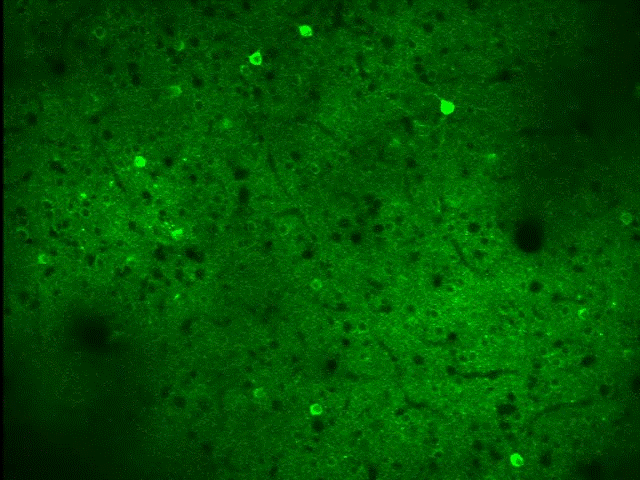Understanding how the brain makes perceptual decisions and generates action signals is a fundamental goal of neuroscience. Anatomical studies demonstrate a hierarchy of cortical areas, with visual information (for example) flowing from primary visual to higher visual to association to motor regions. Complexity of interactions between these areas precludes the idea of a one-to-one assignment of function, especially for higher cortical areas. In the visual pathway, neural correlates of the sensory, memory and motor components of a perceptual decision can be identified in a range of cortical areas. Addressing perceptual decision-making and action selection in a mechanistic way requires deciphering signatures of multiple cognitive components across multiple brain regions and circuits.
We examine the signatures of and relationships between incoming sensory percepts, retention of information in short-term memory, and choice of appropriate motor action, using well-defined behaviors in mice. This requires new imaging techniques we have developed, which allow us to examine activity in multiple brain regions during performance of a learned task. These complex data sets require us to employ new statistical methods to analyze cell-type-specific and region-specific population activity patterns. Population responses are composed of the activity of many contributing circuits and pathways. To carry this analysis through to the level of individual projections, we label connected structures and cells, and subsequently image these connections intact.
We manipulate the activity of neurons across these circuits using optogenetic tools. These technologies give us a lever with which to manipulate different task components, in order to isolate the regions and cell types involved in task completion and also the time course of their involvement.
